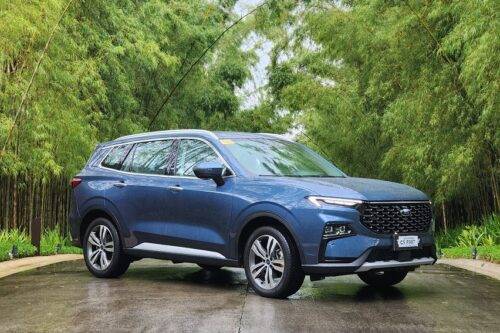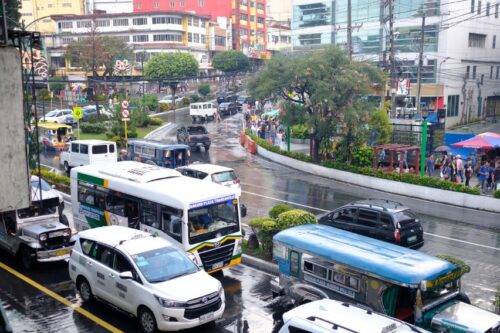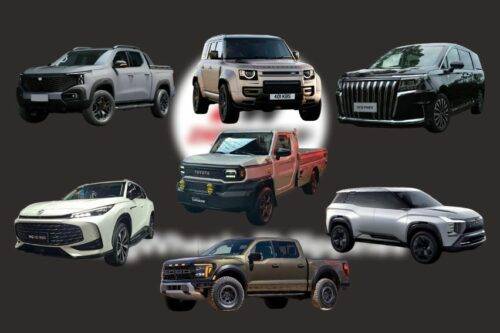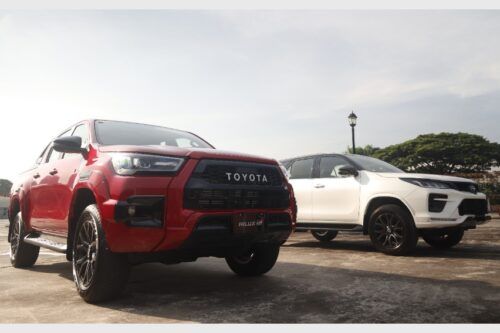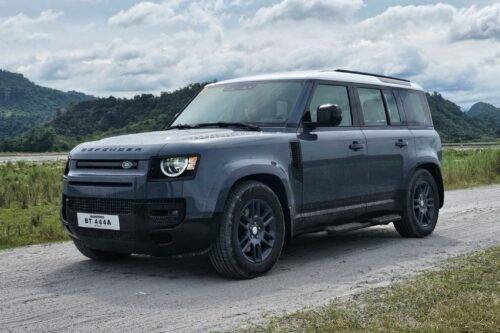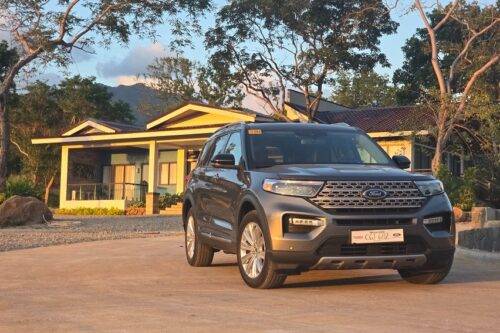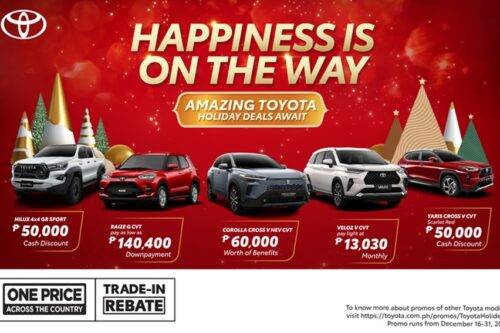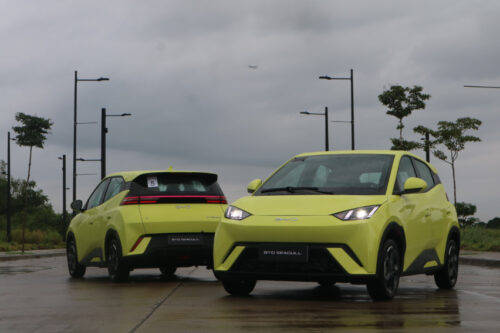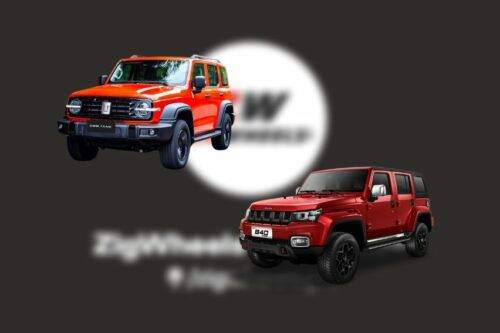4 tips to water-proof your ride for the wet season

“Low-pressure area,” “southwest monsoon,” “tropical disturbances,” and my favorite “ITCZ” (Intertropical Convergence Zone)” are terms you’ll be hearing a lot during this time of the year as we enter the wet or rainy season.
This dry-wet annual cycle is so familiar that most motorists take it for granted thinking, “It’s just water!” Well, technically they’re right, but here’s why that mindset is so wrong.
Out of all the other seasons like winter that brings snow and ice, research shows that plain, old precipitation is the most likely to get you in an accident.
So, before you find yourself in a ditch or on a hospital bed, prep your vehicle for the rainy season by following these four easy steps.
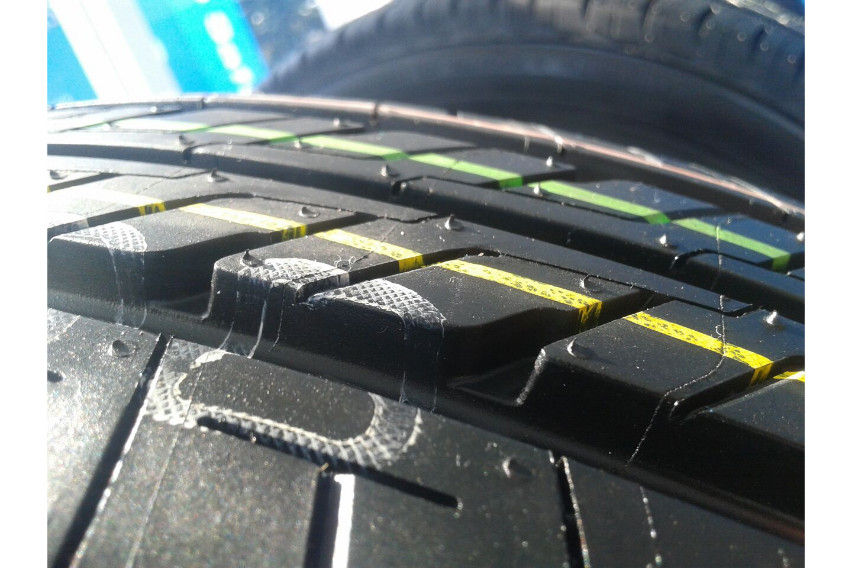
1 . Check the condition of your tires. These are your only connection to the road so this gets top priority. Make sure the tire tread depth is at least 2 millimeters. If it isn’t, replace them. Most countries have the tire tread minimum at 1.6 millimeters but do you really want to risk life and limb for an extra 0.4 millimeters? Without proper tread depth, your tires aren’t dispersing water on the road efficiently. This may cause it to glide over a puddle (also called hydroplaning) and send your vehicle careening uncontrollably to the vehicle ahead, the curb, or even into a crowd of people.
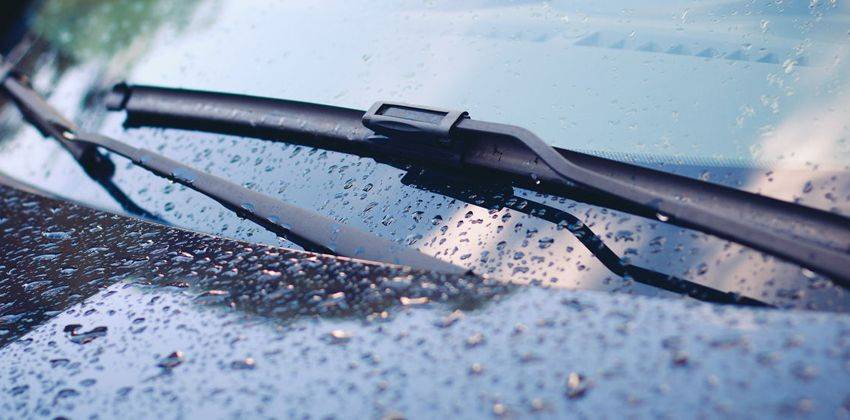
2. Inspect your wiper blades and wiper fluid. Don’t wait for the first downpour to find out that you’re out of wiper fluid and the blades are streaking and skipping. The rule of thumb is to replace wiper blades every six months. If you want to run it up to the end of its life, broken, cracked or torn up rubber edge is a surefire sign you need a new pair.
3. Turn your lights on. Visibility is drastically reduced in a rainfall which is why you have to make sure all lights are functioning properly. Without lights (taillights especially), even if you slow down, you run the risk of getting hit from behind by faster vehicles. While it would be difficult for headlights to extend range of vision in heavy rainfall, it makes your vehicle visible to oncoming traffic, preventing a collision. Lastly and probably most importantly, don’t turn on your hazard lights. Lit taillights are enough for other vehicles to see you. In adverse weather conditions, using your signal lights independently will be more important to drivers behind you, and they obviously won’t function correctly with your hazard lights flashing.
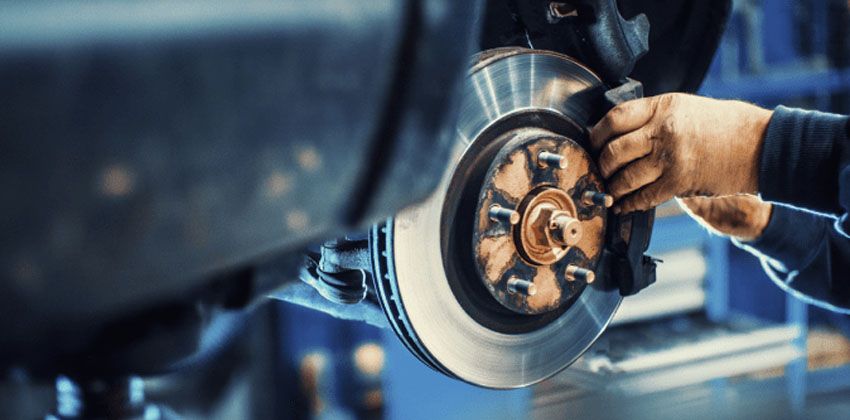
4. Brake for brakes. Finally, ensure that your vehicle’s most important safety feature, your brakes, are okay. If you can’t stop, it’s game over.
Look and see if your brake pads are at least one-fourths of an inch thick, otherwise, buy new ones. Take it to the shop if you’re not sure and have your mechanic check it out. If you hear a screeching or grinding sound during braking, that’s also a telltale signal that the pads are worn down and there’s metal-to-metal contact already.
Check for brake fluid leaks along the hose or puddles of brakes fluid in places you park. Without brake fluid, the brake system would be unable to create hydraulic pressure to amplify braking force, which means it will be a lot harder to stop the vehicle.
Those are the absolute essentials and are utterly non-negotiable, but if you’re a stickler for detail and want to look good driving in the rain, wax your car. I know it sounds counter intuitive because it’ll get filthy in the rain anyway, think long term, your vehicle’s paint job. When it’s raining, it is not just plain condensed water vapor that comes down. Chemicals sent up by manufacturing plants come down with it, hence the term acid rain. That’s bad for your vehicle’s exterior. A layer of wax prevents chemicals that come with the rain from eating the paint’s protective coating and/or the paint job itself.
You can also choose to foil your vehicle. That protection lasts longer, but it’s also a lot more expensive. Foils start at P20,000 to P25,000, while a good wax job is about P3,000 (should be done every three months) at the shop or you can do it yourself and call it exercise.
Know your surroundings. If you live in a flood-prone area, look for an alternative elevated parking area. That way, when it rains, you have a place to bring your vehicle before flood waters come in. If that’s not possible for you, buy one of those “bags” to put your vehicle in – or more aptly, drive your vehicle in. Seal it after to protect from water damage. Just don’t forget to tie it down, otherwise your vehicle will start floating away once the water rises.
Lastly, and if you can afford it, get insurance against Acts of Nature or Acts of God. It has become more expensive now with the frequency of flooding in the last decade but it will still come out cheaper than having to overhaul an engine or buying a new computer box.
PAGASA (Philippine Atmospheric, Geophysical and Astronomical Services Administration) confirmed the onset of the rainy season as early as mid-June 2020 and it’s been wet a lot more than it’s been dry for the past couple of weeks already.
If you haven’t started prepping your vehicle yet, what are you waiting for? Trust me, you don’t want to be the one left stranded in the rain.
With photos from Bentley and Bridgestone
Sell your car at the best price
 Verified and genuine buyers
Verified and genuine buyers
PIMS 2024
Trending & Fresh Updates
- Latest
- Popular
You might also be interested in
- News
- Featured Stories
Featured Cars
- Latest
- Upcoming
- Popular
Latest Car Videos on Zigwheels

Car Articles From Carmudi
- journal
- advice
- financing
- insurance








